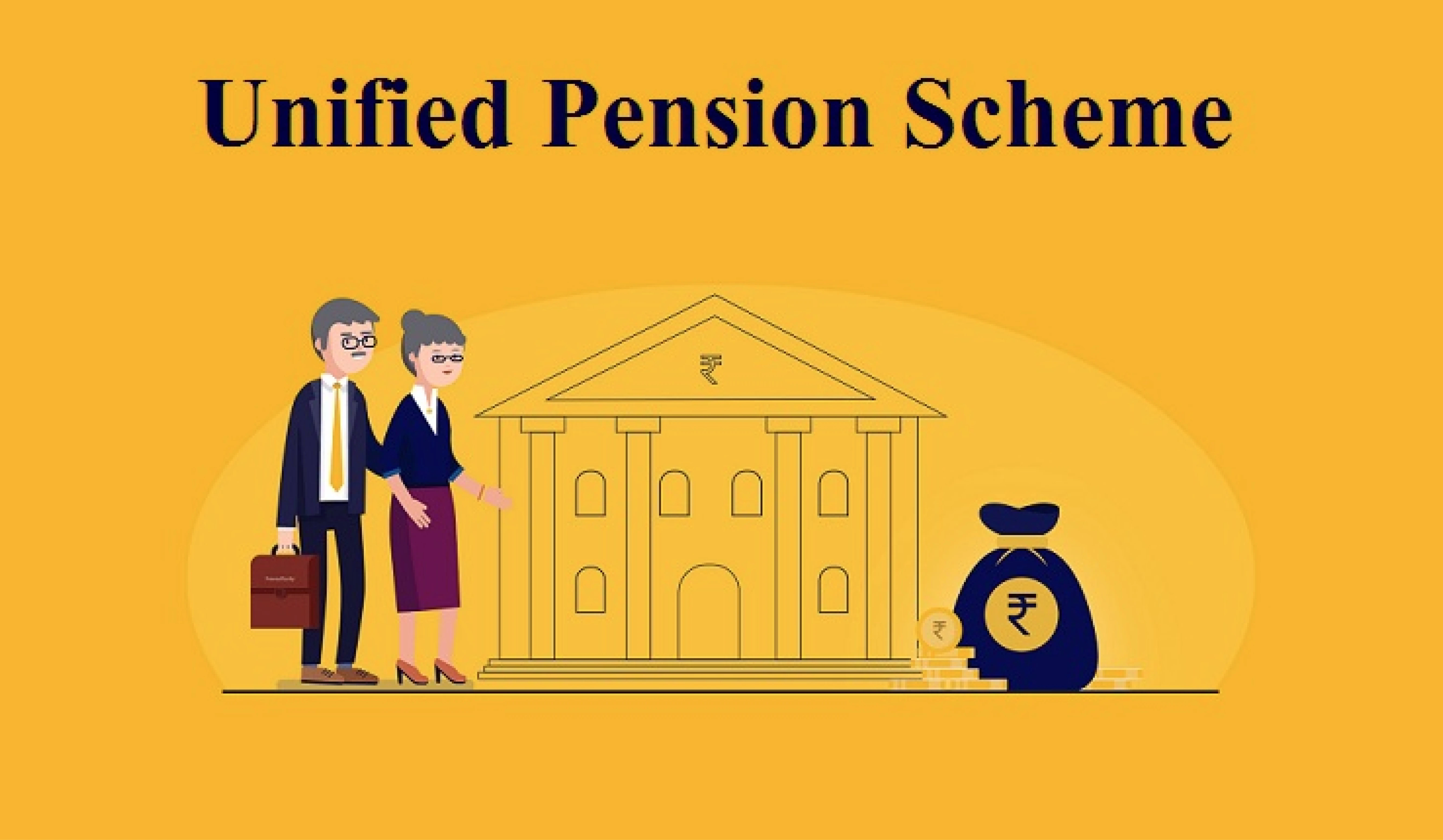Why in the News?
Pension Fund Regulatory and Development Authority (Operationalisation of Unified Pension Scheme under National Pension System) Regulations, 2025 was notified to operationalize the Unified Pension Scheme (UPS).
About Unified Pension Scheme (UPS)
- UPS has been introduced as an option under the National Pension System (NPS) by the Central Government for the Central Government employees covered under NPS so that they may receive an assured payout after their retirement.
- Implementing Agency: Pension Fund Regulatory and Development Authority (PFRDA).
- Background. Somanathan committee constituted in 2023 to restructure the New Pension System (NPS), based on its recommendations, the Universal Pension Scheme has been announced.
Key highlights of the UPS under PFRDA (Operationalisation of Unified Pension Scheme under National Pension System) Regulations, 2025
- Applicability of Unified Pension Scheme: Benefits under UPS shall be available to the following category of persons:
- An existing Central Government employee in service as on 1st April 2025, who is covered under NPS, as per PFRDA Act, 2013.
- A new recruit in the Central Government services, who joins service on or after the 1st day of April 2025.
- A Central Government employee (covered under NPS) and who has superannuated or voluntarily retired or has retired (under Fundamental Rules 56(j) (which is not treated as penalty under Central Civil Services (Classification, Control and Appeal) Rules, 1965)) on or before 31st March 2025.
- Legally wedded spouse in case of a subscriber who has superannuated or retired and has demised prior to exercising the option for UPS.
- Eligibility to receive Benefits:
- In case of an employee superannuating after qualifying service of 10 years (from the date of superannuation).
- In case of Central Government retiring an employee under (Classification, Control and Appeal) Rules, 1965, from the date of such retirement.
- In case of voluntary retirement after a minimum qualifying service period of 25 years, from the date such employee would have superannuated, if the service period had continued to superannuation.
- Contributions:
- Individual Corpus: The monthly contribution of UPS Subscriber shall be 10% of the basic pay (including non-practising allowance) and dearness allowance.
- Pool Corpus: Additional Central Government contribution at an estimated 8.5% of Basic Pay (including nonpracticing allowance) plus Dearness Allowance.
- Fund Based System: The UPS relies on the regular and timely accumulation and investment of applicable contributions (from both the employee and the employer) for assured payout to the employees post superannuation or retirement.
- Permanent Retirement Account Number (PRAN): PRAN is a Permanent Retirement Account Number allocated to subscriber opening/opting for UPS, and under which all the transactions are recorded by the CRA system.
- Payout under UPS:
- Assured payout: It shall be payable at 50% of the average of the last 12 months Basic Pay (as certified by Head of Office) immediately prior to the date of superannuation or voluntary retirement or retirement.
- It is subject to completion of minimum 25 years of qualifying services by a UPS subscriber.
- Minimum Guaranteed Payout: It shall be Rs.10,000/- per month subject to completion of minimum 10 years of qualifying services by a UPS subscriber.
- Proportionate Payout: In case of Qualifying service period of 10 years to 25 years, proportionate payout shall be payable.
- Assured payout: It shall be payable at 50% of the average of the last 12 months Basic Pay (as certified by Head of Office) immediately prior to the date of superannuation or voluntary retirement or retirement.
Eligibility Criteria for Assured Payout under UPS
|
- Individual corpus is less than the benchmark corpus as on the date of superannuation or voluntary retirement or retirement.
- Final withdrawal not exceeding 60% of the individual corpus, as opted by a subscriber.
- Family Payout: Upon the death of a UPS subscriber receiving an admissible payout, the legally wedded spouse shall receive 60% of the payout for life.
- Dearness Relief (DR) as declared by the Central Government from time to time, shall be payable on the admissible payout and family payout, as the case may be.
- Intermediaries and Entities implementing UPS: UPS shall be implemented through NPS architecture by the intermediaries registered with the Authority (National Pension System Trust, Pension Fund, Central Recordkeeping Agency, Trustee Bank, Custodian of Securities etc.)
Challenges of the Unified Pension Scheme (UPS)
- Fiscal Burden: UPS will raise the government's contribution from 14% to 18.5%, adding an estimated annual cost of ₹6,250 crore.
- Delayed Payment for Voluntary Retirees: According to the notification, if an employee chooses to retire early (after 25 years of service), he won't immediately start receiving the assured pension payout.
- Limited family pensions: Family payout is applicable only to the spouse and does not extend to other family members like unmarried, divorced, or widowed daughters.
- Political Opposition: Resistance from stakeholders, especially supporters of the Old Pension Scheme (OPS), may create hurdles in implementation.
Conclusion
The Unified Pension Scheme (UPS) ensures retirement security with assured benefits and inflation protection while balancing fiscal sustainability. By staying informed, voicing concerns, and pushing for transparency and legal clarity, employees can collectively work towards a more secure and equitable retirement system.
About Pension Fund Regulatory and Development Authority (PFRDA)
|





